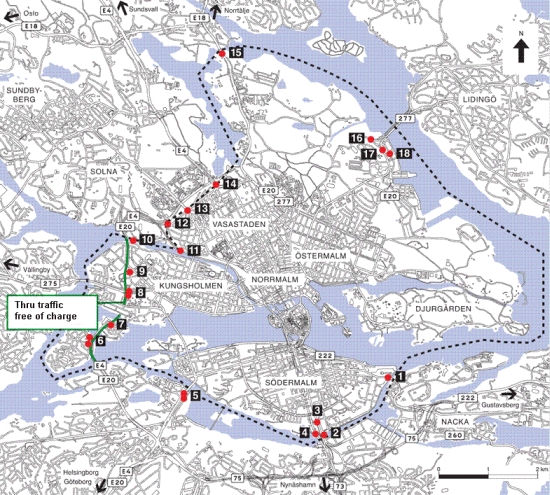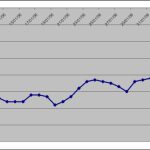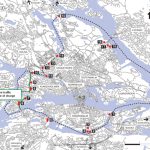On 2 June 2003, the Stockholm City Council adopted a majority proposal to conduct congestion charges trials. The formal decision on implementation was made through the Riksdag (Swedish Parliament) passing the Congestion Charges Act on 16 June 2004. The trials started on 22 August 2005 with extended public transport (see EMTA News 22). The congestion charges has started on 3 January 2006. The trials will be concluded by 31 July 2006 and a referendum on the permanent implementation of congestion charge will be held in conjunction with the general election on 17 September 2006.

Besides the achievement of the -10/15% car traffic reduction objective the trial will be evaluated continuously from a number of different perspectives:
– Car traffic: traffic flows, occupancy and turnover of parking spaces
– Travelling patterns: frequency of trips, origins and destinations, travel time, mode of transport
– Impacts on public transport: commercial speed, delays, patronage, perceived quality
– Impacts on pedestrians and cycle
– Air quality and emissions
– Road safety
– Business community and regional economy
– Revenues and costs of the scheme
– Overall benefits for the community
The introduction of congestion charging led to immediate impacts on road traffic and public transport patronage:
– Immediate impact on traffic crossing the cordon was about –30%. However the traffic has increased again but seems to be stabilised at a level between 20% and 25% below the reference figure (same week, one year before).

– The variability of travel time for a key radial crossing has significantly decreased. The travel time in peak hours is only 50% higher than during off-peak hours where this time used to be 200% higher before the congestion charging.
– The increase in public transport trips is about 8% compared to January 2005, 11% for buses coming from outside the cordon and 16% for commuter trains. This has to be compared to the 2% increase measured between 2004 and 2005. The increase of petrol prices has also to be taken in account. The availability of seats seems however to remain unchanged.
The complete evaluation will be summarised in a report in early summer 2006.
www.stockholmsforsoket.se – www.sl.se

